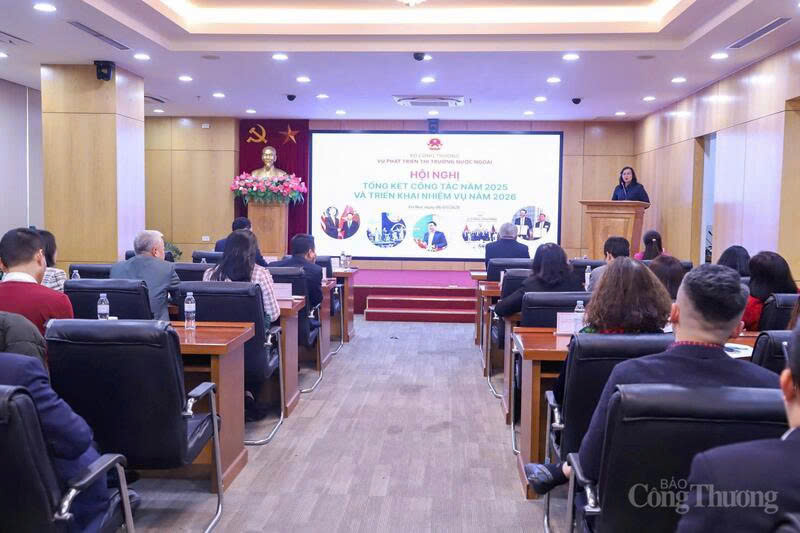
Stronger inter-agency coordination needed to drive export market growth
19:05 | 23/03/2025 15:39 | 07/01/2026News and Events
Asia restarts its nuclear journey
After more than a decade of stagnation following the Fukushima disaster, nuclear energy is making a strong comeback across Asia. The global energy crisis and mounting pressure to cut greenhouse gas emissions have prompted regional economies to re-evaluate nuclear power as a clean, reliable, and complementary energy source to renewables. China, India, Japan, and several Southeast Asian nations such as Vietnam are now leading a new nuclear renaissance, not only to meet soaring power demands but also to pursue technology goals and decarbonization.
At the Energy Asia 2025 conference held recently in Kuala Lumpur, Malaysia, nuclear energy emerged as one of the key themes. A dedicated session titled “Nuclear’s Comeback in Asia”, moderated by Kaori Tachibana from S&P Global Research, drew considerable attention from experts. The forum gathered representatives from major global nuclear players including Japan’s IHI Corporation, the World Nuclear Association, U.S.-based Aalo Atomics, and the MIT Energy Initiative (MITei) to explore the growing momentum for nuclear energy across the region.
According to Sama Bilbao y León, Director General of the World Nuclear Association, there are currently 439 nuclear reactors in operation globally, with Asia accounting for 70% of those under construction. China has set a target of 335 GW in nuclear capacity by 2050—an ambitious move aimed at diversifying its energy mix and reducing fossil fuel dependency. India is aiming for 100 GW by 2047, while Japan, after a long pause following the 2011 nuclear accident, is looking to restore its nuclear fleet with a goal of generating 20% of its electricity from nuclear power by 2040.
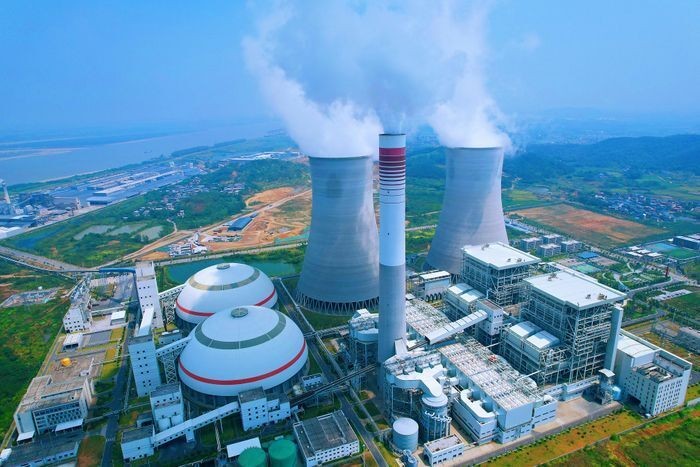 |
| Nuclear power development is drawing growing interest from many countries across Asia. |
Beyond the major economies, emerging nations such as Indonesia, the Philippines, Bangladesh, and Malaysia are also actively exploring nuclear as a viable option. This trend underscores a shift in perception: nuclear energy is no longer an exclusive pursuit of wealthy nations, but increasingly a strategic long-term solution across Asia.
A notable highlight of Asia’s nuclear resurgence is the adoption of Small Modular Reactors (SMRs), a next-generation technology poised to transform traditional nuclear deployment, which has often been criticized for being costly and time-intensive.
Masanori Ijichi, a representative of Japan’s IHI Corporation, shared that the firm has invested in NuScale’s SMR technology, the first U.S. design to receive full regulatory approval and reach commercial viability. SMRs, he explained, could serve as decentralized power solutions for remote areas without access to national grids, offering enhanced safety and operational flexibility. This makes SMRs particularly well-suited for island nations or geographically challenging regions across Southeast Asia.
During the same session, Jon Guidroz from Aalo Atomics unveiled the company’s bold plan to mass-produce 1.000 SMRs annually by 2032, with the first deployment at a U.S. Department of Energy laboratory set for 2027. “SMRs offer superior safety, location flexibility, and could redefine how we approach nuclear deployment timelines and costs”, he emphasized. The model has already attracted the attention of hyperscalers—tech giants with massive energy needs for data centers.
Three pillars for nuclear’s future in Asia
Despite the momentum, the nuclear comeback is far from frictionless. Public perception and trust remain the most formidable hurdles, deeply shaped by past incidents such as Chernobyl and Fukushima.
Speaking at the conference, Professor Michael Short from the MIT Energy Initiative addressed the inherent trade-offs: “Every technology carries risk. But the greatest risk we face is doing nothing”. His comment reflects a growing pragmatism among energy professionals: achieving net-zero by mid-century may be impossible without nuclear in the mix.
Prof. Short presented comparative data showing that, measured in accidents per unit of electricity generated, nuclear energy is as safe, if not safer, than renewable sources like wind and solar. He also highlighted the passive safety systems in modern SMR designs, capable of automatically cooling and shutting down reactors without human intervention or external power, enhancing resilience.
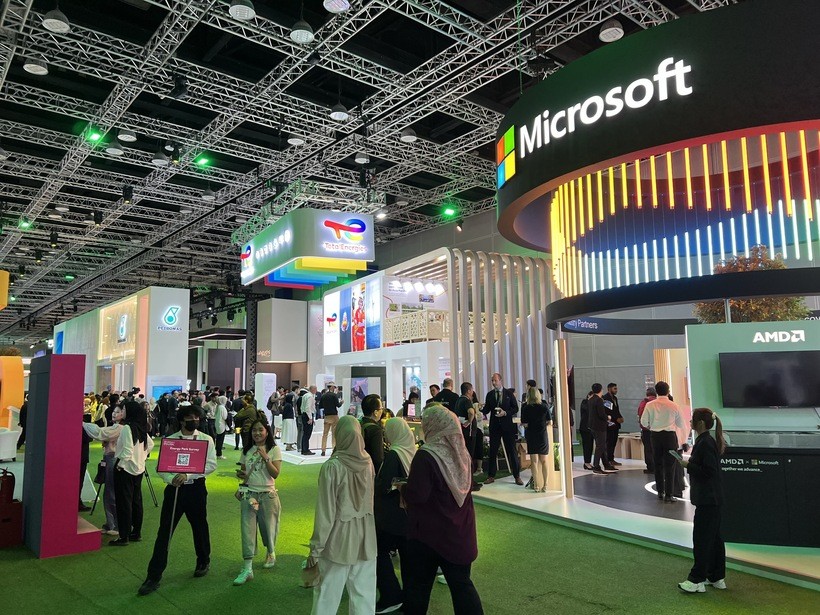 |
| The Energy Asia 2025 forum also brought together leading technology companies committed to advancing sustainable energy development. Photo: Le An |
The forum emphasized that SMRs also allow for smaller emergency planning zones. This opens the possibility of installing reactors near industrial zones or data centers while meeting rigorous safety standards. From an economic perspective, this can reduce power transmission costs and support new hybrid energy models combining digital infrastructure with nuclear baseload power.
Finance was another key topic. For years, nuclear power was excluded from green finance portfolios due to concerns over waste and safety. However, that is changing. According to experts, major financial institutions are beginning to reassess nuclear’s role in decarbonization.
Although the ASEAN taxonomy for sustainable finance still excludes nuclear, speakers agreed this may only be a matter of time. “We are witnessing a positive shift in green capital flows. If fairly evaluated, nuclear can certainly meet ESG (Environmental, Social, Governance) standards”, one expert noted.
To unlock nuclear’s full potential in Asia, three critical enablers must be addressed: transparent communication to rebuild public trust; regulatory harmonization across borders; and the development of a competitive, region-wide supply chain. These pillars require deep international cooperation, from technology sharing and human resource training to collaborative R&D.
Importantly, experts at the forum emphasized that nuclear energy is not just about electricity. With its steady high-temperature output and 24/7 reliability, nuclear can support green hydrogen production, large-scale desalination, industrial heat applications, and nuclear medicine. These add-on benefits increase the value proposition and cross-sectoral relevance of nuclear in Asia’s complex energy transition.
With a vast population, rapid industrialization, and surging energy demands, Asia faces perhaps the most intricate energy equation in the world. While renewables remain weather-dependent, nuclear power stands out as a sustainable, low-emission baseload option—offering a reliable bridge between today’s high-carbon systems and tomorrow’s low-carbon future.
| If implemented transparently and integrated with advanced technologies, nuclear energy could emerge as a cornerstone of Asia’s future energy strategy. The nuclear renaissance may be quiet, but it is strategic—and if Asia succeeds, the region’s experience could offer a powerful blueprint for the global carbon neutrality journey. |

19:05 | 23/03/2025 15:39 | 07/01/2026News and Events
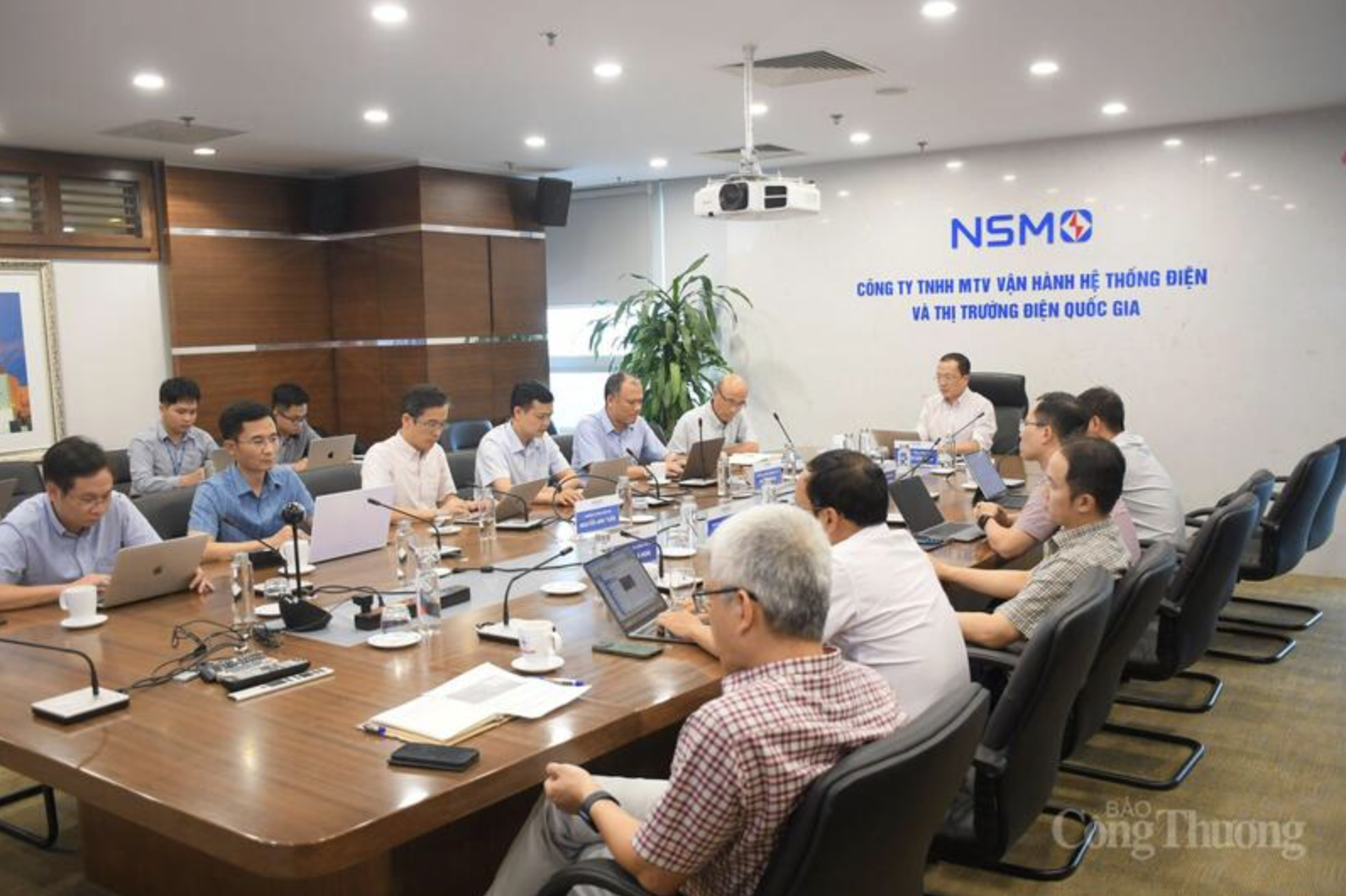
19:05 | 23/03/2025 15:38 | 07/01/2026Industry

19:05 | 23/03/2025 15:38 | 07/01/2026Industry
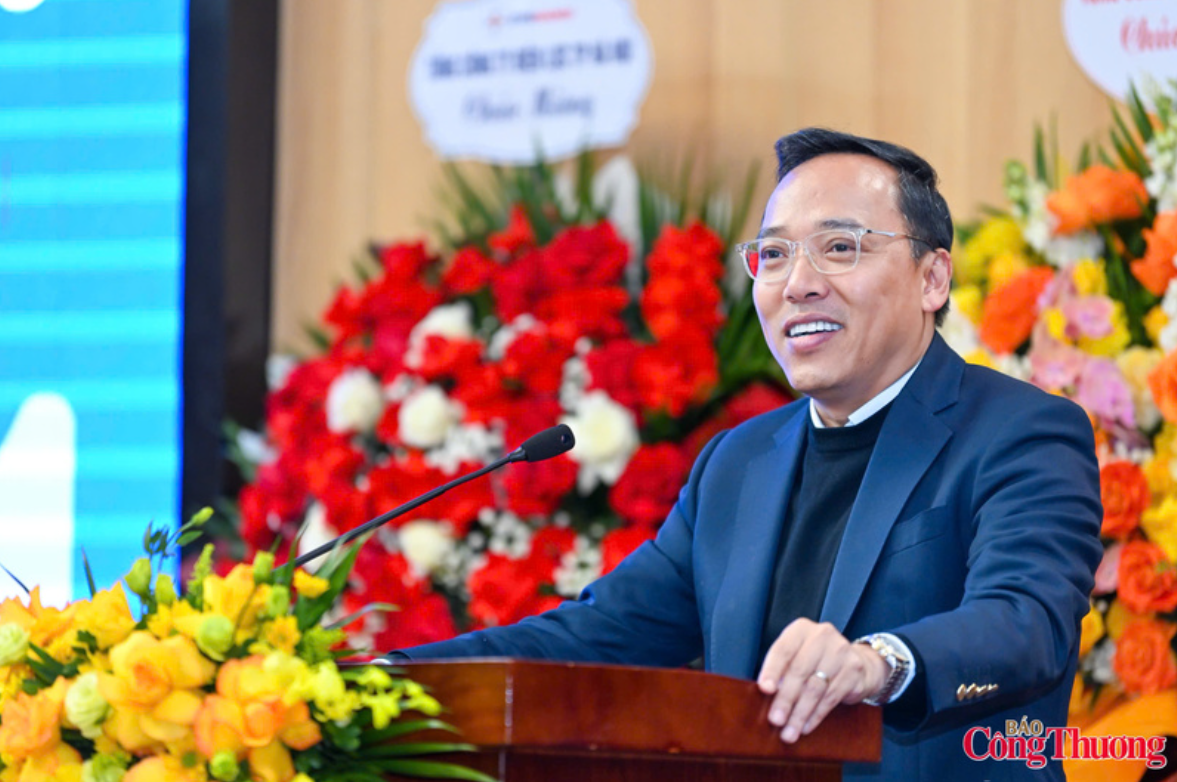
19:05 | 23/03/2025 15:37 | 07/01/2026Industry
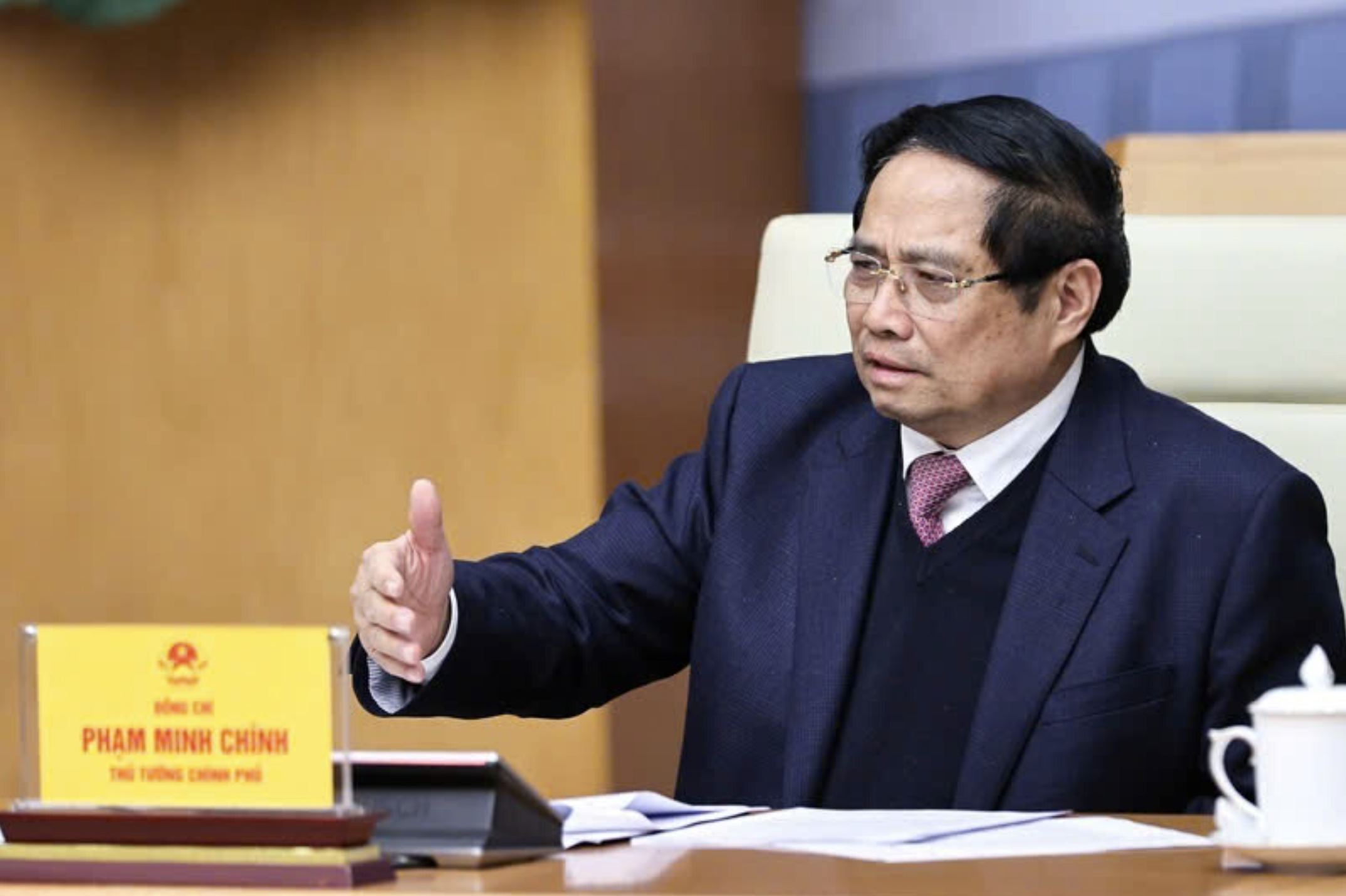
19:05 | 23/03/2025 15:36 | 07/01/2026News and Events